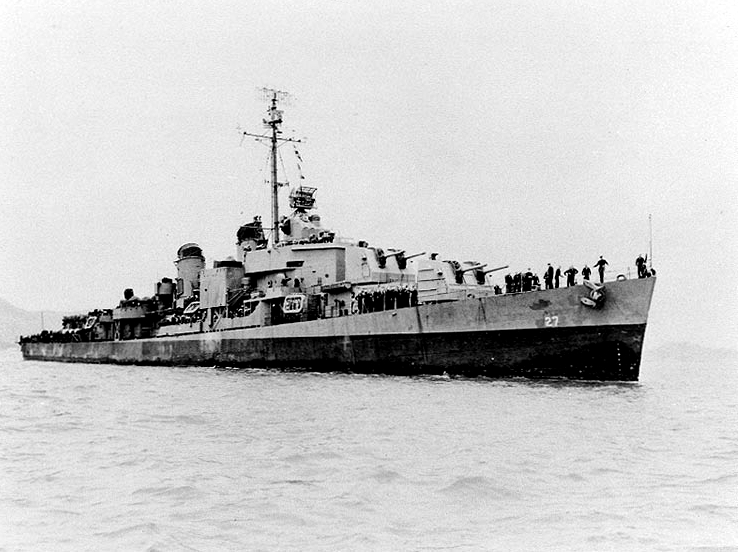Asbestos Exposure on the USS Adams

Hull Number: DM-27
Type: Destroyer Minelayer
Class: Robert H. Smith
Built: Bath, ME
Originally laid down as an Allen M. Summer-class destroyer, the USS Adams was remodeled as a Robert H. Smith-class Destroyer Minelayer. Built by the Bath Iron Works of Bath, Maine, the ship was commissioned by the U.S. Navy in October of 1944.
During World War II, the USS Adams conducted operations mainly in the Pacific; operating at first out of Pearl Harbor, then advancing ever closer to the Japanese home front. The vessel won a single battle star over the course of the war, and was decommissioned in December 1946.
For those who served aboard the USS Adams, exposure to asbestos was very likely. Until the mid-1970’s, asbestos was widely used on most Navy ships, and could be found in equipment such as boilers, turbines, pumps, valves, and electrical components.
Materials such as gaskets and packing were also often made from asbestos. The boiler and engine spaces held an especially high concentration of these asbestos products, leaving Boiler Tenders, Machinist’s Mates, and others who worked in these areas at an elevated risk.
The companies who provided the Navy with this asbestos were typically aware of the harmful health effects of asbestos, but chose to not warn the veterans who served aboard the USS Adams or other ships from the era.
Victims of asbestos exposure who served in the Navy have a right to seek compensation. Settlements can offset or entirely cover the costs of medical care, and may provide additional sums for pain and suffering. The law limits the time in which a lawsuit can be filed however, so it is important to seek legal counsel soon after a diagnosis is made.
